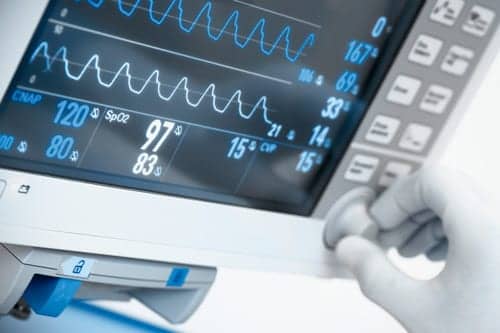Led by patient safety organizations such as The Joint Commission, calls for continuous monitoring of non-critical care patients, especially those taking opioids, are consistently growing louder, reports our sister magazine RT.
Remote monitoring for patients with sleep-disordered breathing has long been industry standard. ResMed is wirelessly connected to more than 1.3 million such patients, according to Jeremy Malecha, company vice president, product management of Global Healthcare Informatics.
Through a cloud-based system, ResMed provides several remote monitoring products intended to control healthcare spending, while bringing more efficient care to patients. For instance, with myAir patients can track and manage their own therapy. Malecha explained that the web-based program syncs with the patient’s CPAP machine. Patients see and understand the data, which reinforces treatment compliance, helps develop patient confidence, drives efficiency and streamlines care. “The patient makes a mental shift. This has a direct effect on how the patient engages,” he said. “This could lead to standardized protocols. The benefits are twofold: for the provider and for the patient.”
A study4 published in Sleep and Breathing examined standard of care versus monitoring via telehealth messaging in patients newly diagnosed with obstructive sleep apnea (OSA) and found the latter group to have similar compliance and efficacy as the former, but showed reduced coaching requirements.




